Kumano river Taikanjuku-Sail Kumano river in a Sandanbo, traditional riverboat in the Kumano region. Traverse the rough waters and learn about the historical and spiritual significance of this UNESCO World Heritage waterway.
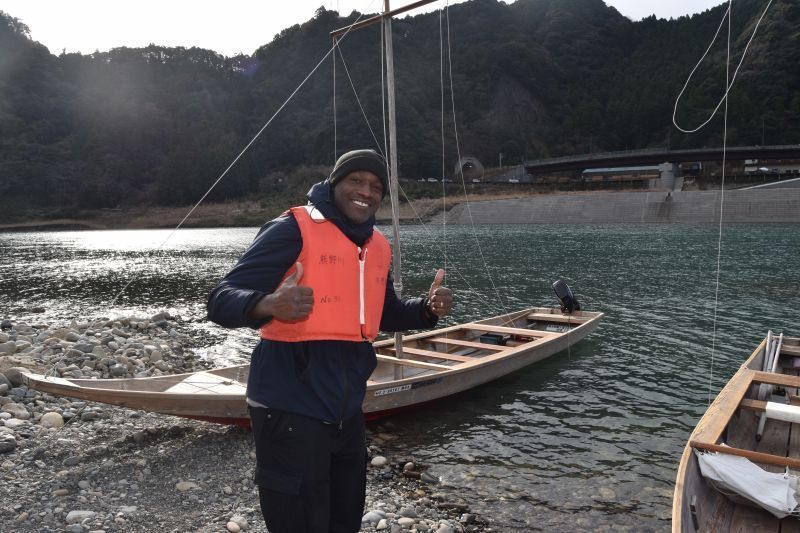
Recently I had the pleasure of traversing this sacred body of water on a traditional riverboat known as a Sandanbo. The scenery during the trip was very picturesque and worthy of a postcard. It was very exciting to learn about the Kumano River and gain a better understanding of the significance of the river and surrounding forest via river boat.
Written by Kevin Jackson
-Author's Introduction
California, USA, 14 years in Japan. I love Japan! I naturally have an interest in history and geography, and try to spend a fair amount of my free time exploring Japan and delving into those aforementioned interests to find out what makes this country so interesting. The more curious you are the more interesting life becomes. I have spent the last 14 years here doing just that, and plan to continue to explore.
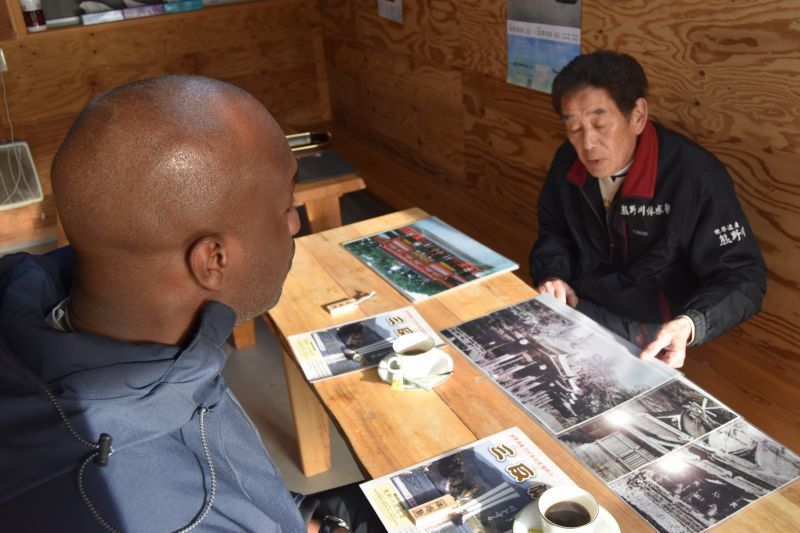
“I hope that as many people as possible visitthe magnificent Kumano River via river boat and gain a better understanding ofthe significance of the river and surrounding forest.” This is a direct quotefrom Mr. Yoshikazu Tanigami who operates Sandanbo.
I was interested in learninga bit more myself, and if possible sail down the river on a traditional riverboat.
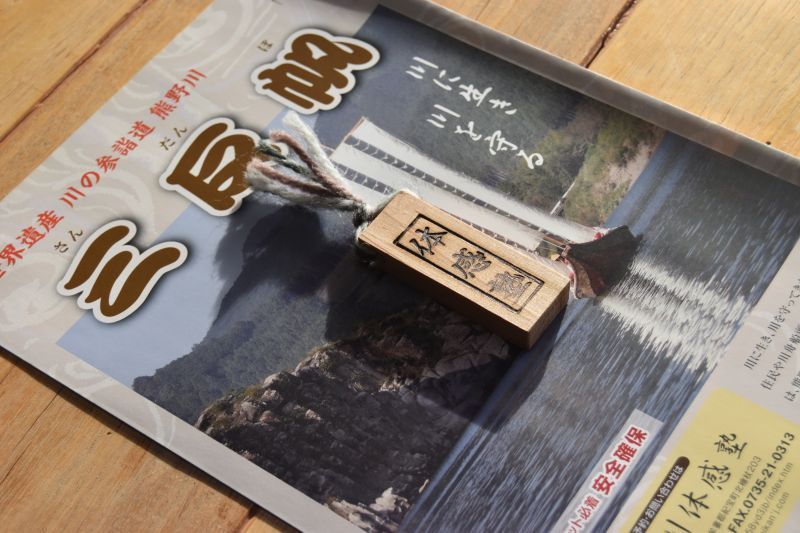
The Kumano river is not just any river. Yes, like manyother rivers its serves as a vital waterway and makes life easier for theinhabitants along its shores, but it is also significant in many other ways.
For over a 1000 years pilgrims have used the Kumano river to make the journeyto the Kumano region and its treasured shrines.
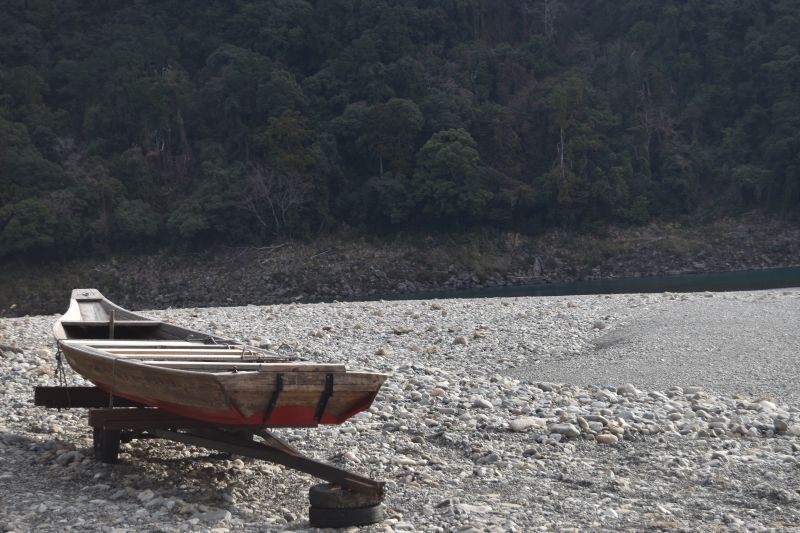
The river links the Kumano Hongu Taisha in Hongu andthe Kumano Hayatama Taisha in Shingu. This link makes up a vital section of theKumano Kodo pilgrimage route. In years past, many nobles and members of theimperial family have used this very route to traverse this area.
Locals alsoused this route to transport timber, charcoal, and other everyday necessities. Due to the historical significance of thissection of the river, the route was added to the world heritage list of sacredsites.
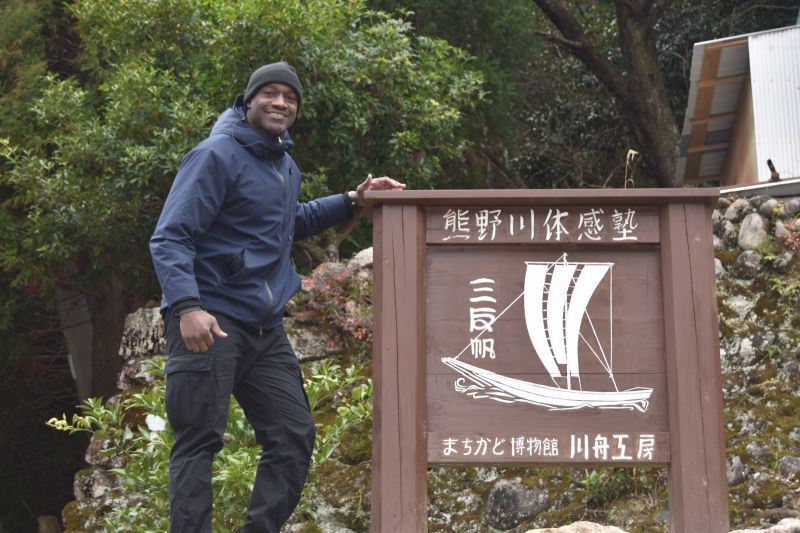
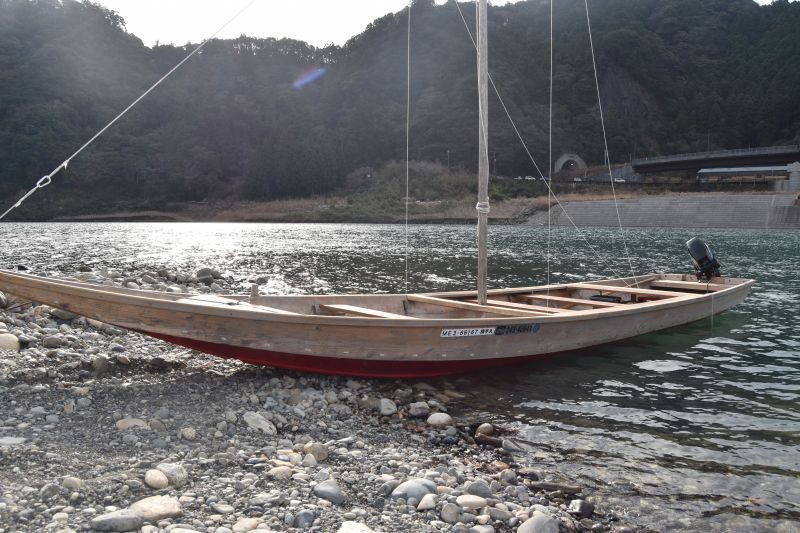
The design and dimensions of riverboats may varyaccording to the types of rivers they are meant to transverse.
The Kumano riverhas been characterized as a rampant river, and the flow of the river at somepoints are violent. In order to combat the violent flow of the river, theKawabune of Kumano river are designed with a warped bow, flat, and slightlydiagonal bottom.
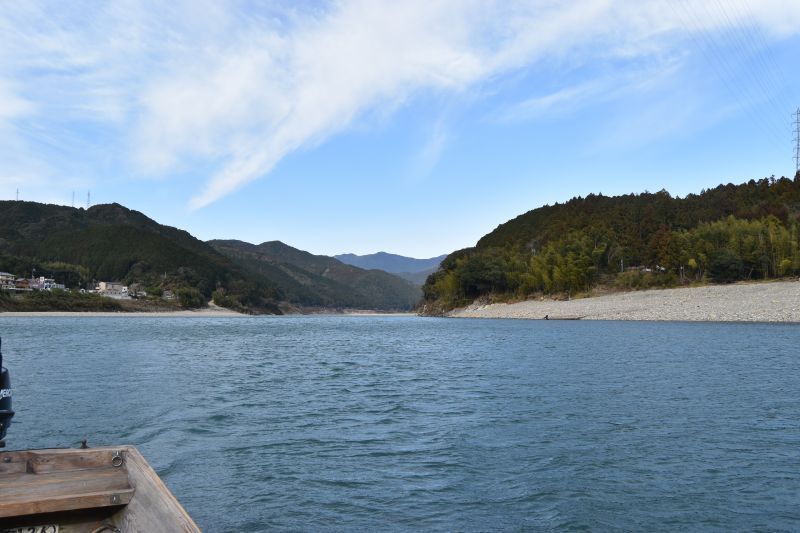
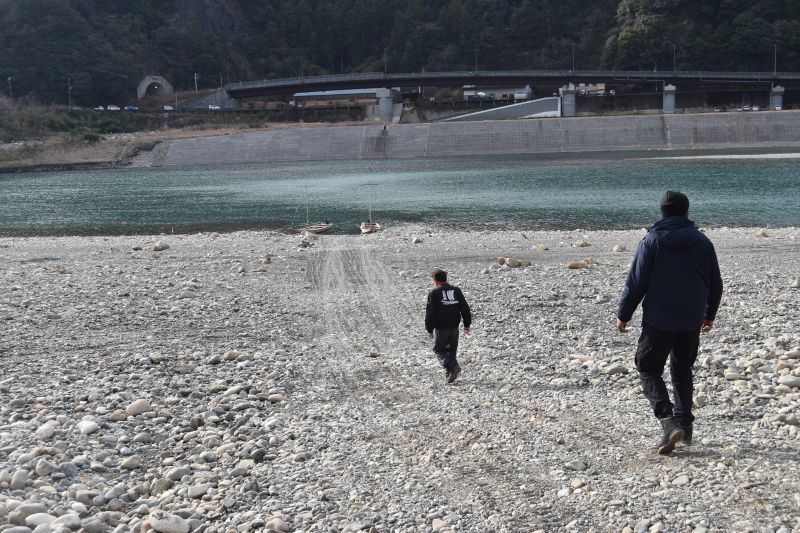
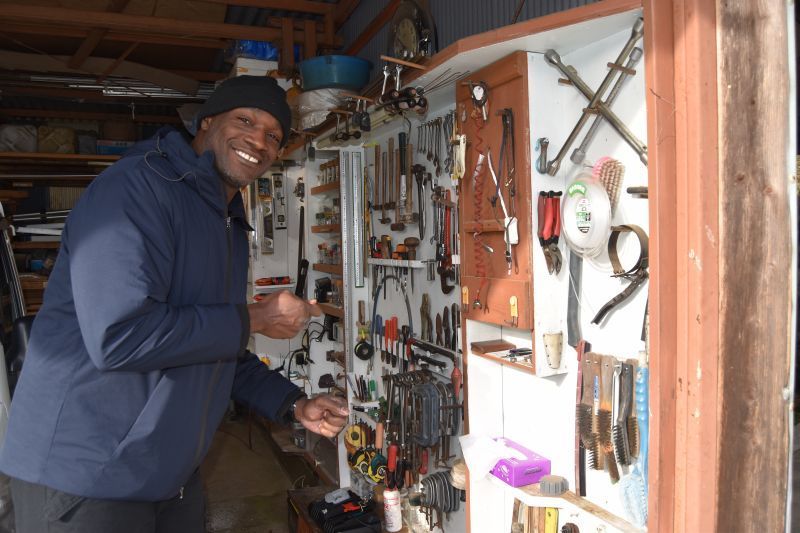
Aside from the actual experience of sailingdownstream, one of the more pleasant aspects of the trip to Sandanbo wasspending a bit of time in the office learning about the history of the river,and walking around the shop where the master craftsman plies his trade.
This trade is boat making. Each boat that sails out from Sandanbo is designed andhandcrafted right here alongside the offices in the shop. The master took usthrough the process which is tedious, meticulous, and time-consuming. Mr. Tanigamiis self taught and takes great pride in his work.
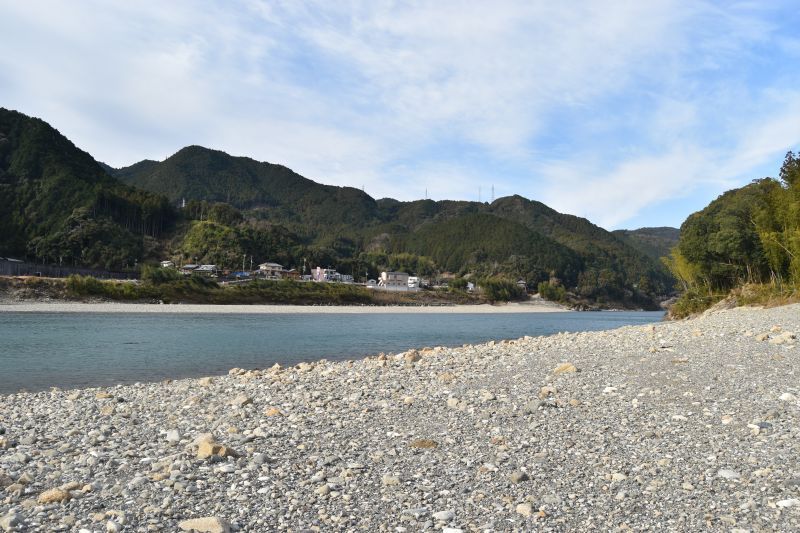
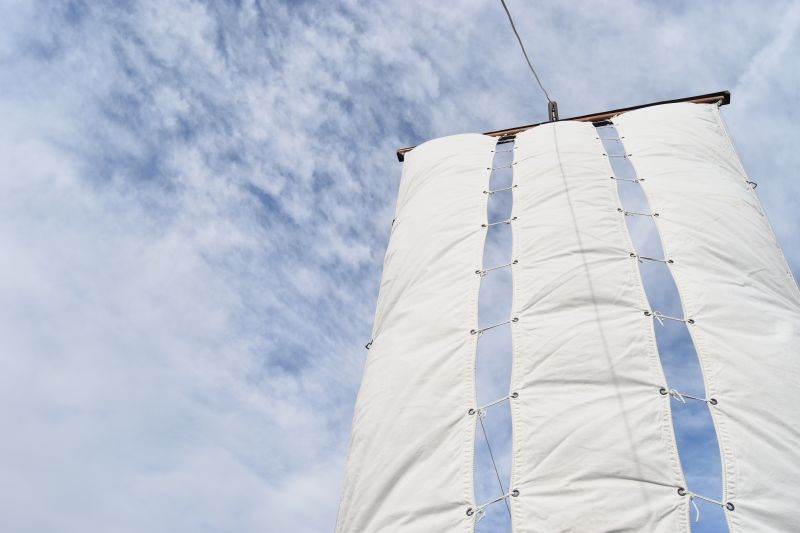
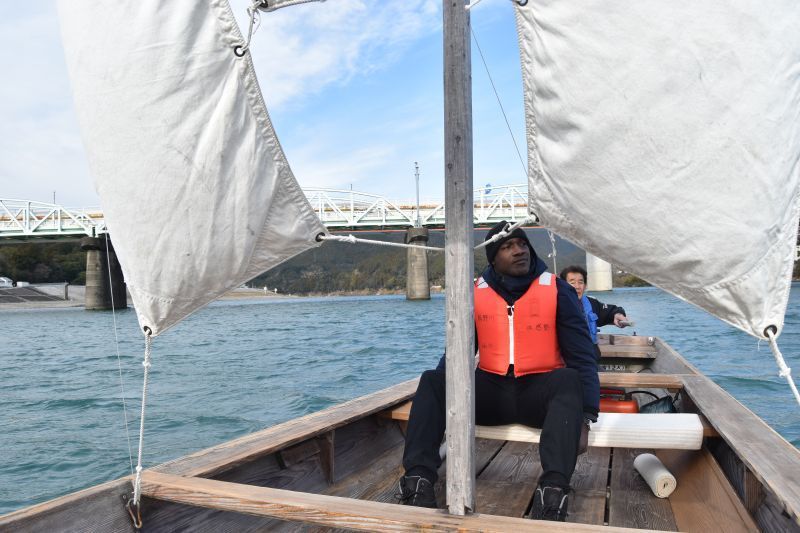
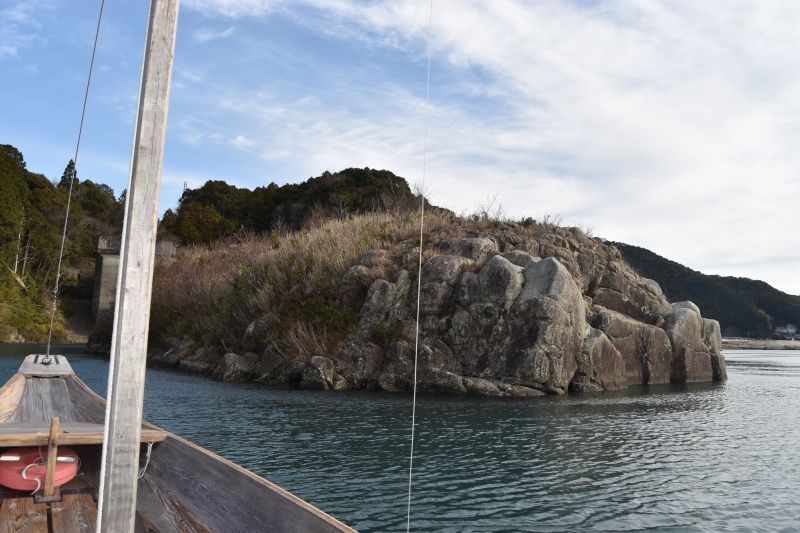
Just before you get to the shrine you must first sailpast a small island in the middle of the river. This island known asMifune-jima is affiliated with the shrine at Hayatama Taisha and therefore is a UNESCO World Heritage site as well.
This small island is home to the annualMifune festival which attracts many large crowds to the river during everyOctober. Traditional speed boats known as Hayafune battle the currents of the riverin an attempt to become the first boat to circle the island three times.
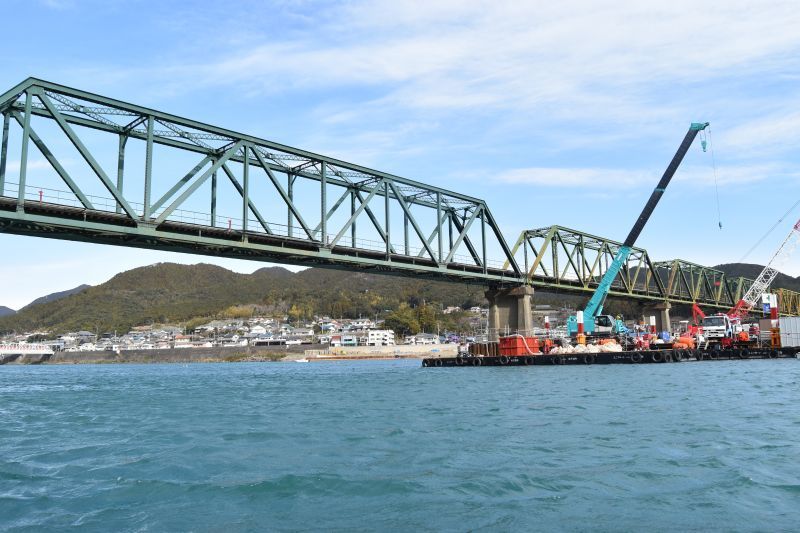
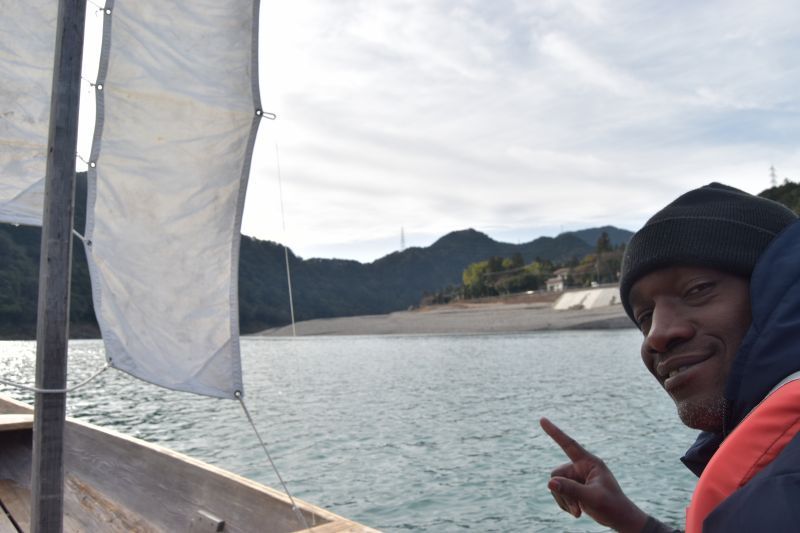
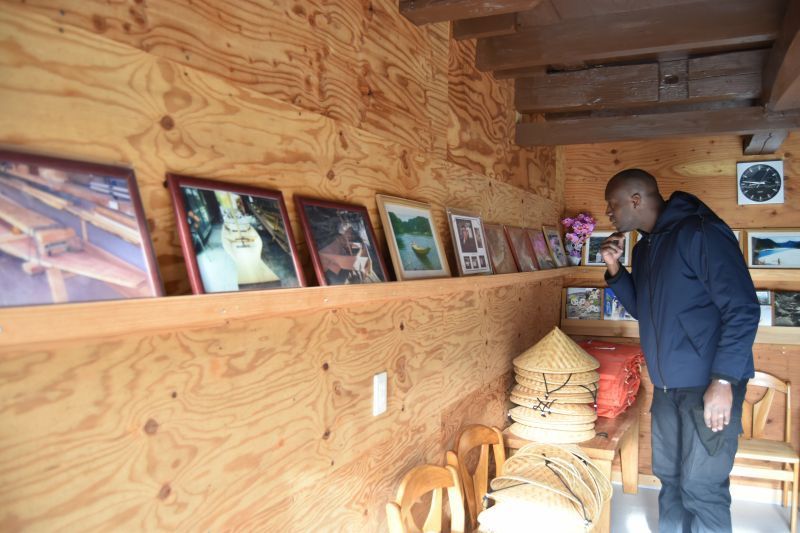
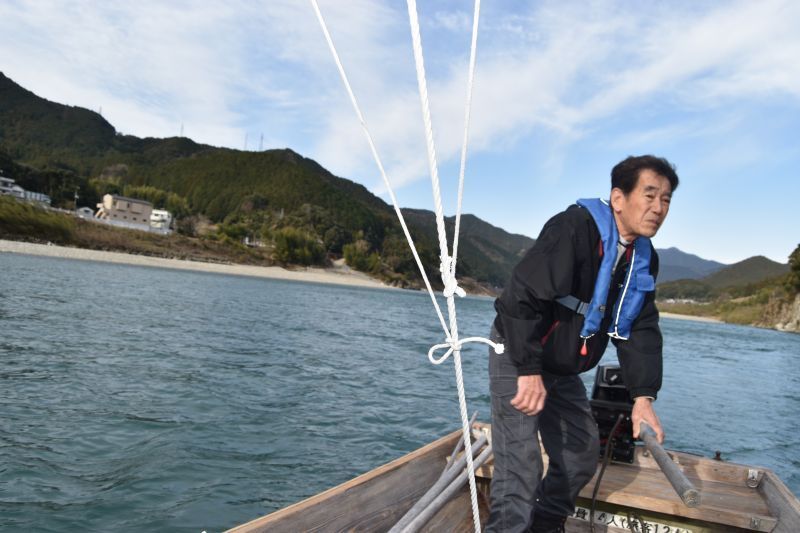
Thehistory and traditions of this region along with the spirit of craftsmanshipare alive and well here thanks to Mr. Tanigami and his work at Sandanbo. Pleasestop by and pay him a visit.
English guidance is not available, but theexperience is amazing
Forreservations please click on the following link http://www.za.ztv.ne.jp/w58yd3jb/reserve.html